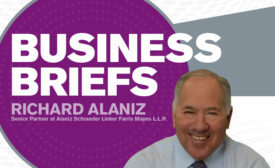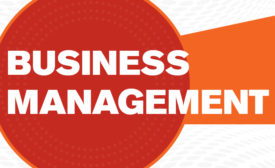HVAC Contracting
Energy manager wants to share technology with other schools
Read More
Shannon Helps Albany Medical Center Insulate District System, Save Energy
Engineered and installed custom-fit, reusable blankets
September 18, 2017
Place, Perception, Limitations of CFD In HVAC Optimization
Analyzing the benefits of CFD
September 4, 2017
Copyright ©2025. All Rights Reserved BNP Media.
Design, CMS, Hosting & Web Development :: ePublishing













